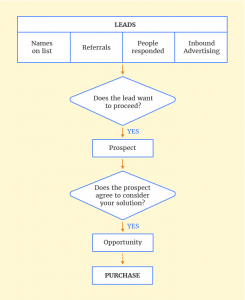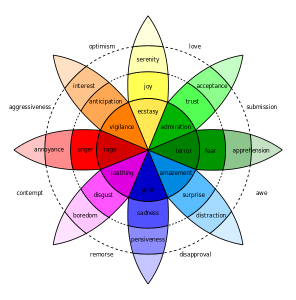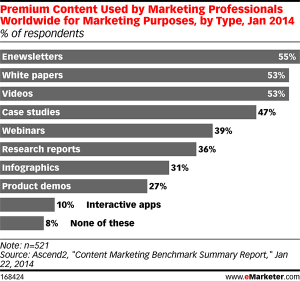Authentic marketing and dealing with audience perception
Overview
In an online world where you can watch secrets unravel with just a click of the mouse, transparency – especially transparency in business – is integral. It’s no surprise then that the linchpin of successful content marketing is authenticity.
To gain trust, brands need to consider what their brand advocates – including their internal stakeholders – and their consumers truly value. With brands increasingly taking a transparent ‘glass house’ approach, such as McDonald’s Our Food Your Questions and Volkswagen’s “least anticipated automotive unlaunch”, is it time to look at how transparent your brand really is.
Our panel at the Sydney event, ‘How to be an effective content marketer’, held in conjunction with Warc and TrinityP3, dived into the nitty-gritty of authentic brand storytelling.
Here Darren Woolley, Founder & Managing Director of TrinityP3, Todd Wheatland, Head of Strategy at King Content, Ed Pank, Managing Director of Warc Asia Pacific, and Luana Zugman, (previously) Senior Manager, Marketing & Demand Generation at Thomson Reuters, talk about the merit of transparency.
Q: They say branding really hinges on what customers say about you after you leave the room. So, how can you encourage your client to acknowledge the positive and negative perceptions consumers may have about their brands before you end up telling a story that may not resonate with the public?
Todd: Identify the problem the brand is trying to solve; this will help drive thinking around what the keywords might be. What questions are people typing into search engines to try and find the client? You will get an idea of what questions the sales people are hearing when they’re engaging with their audience.
People want to hear the real stories; practical tips from people who are actually taking notice of their problems. This is the sort of practical problem-solving content that will get your brand noticed. In B2B, at least, problem solving is a big differentiator between companies. Everyone wants to do field leadership; everyone wants to say, ‘we have very worthy content’, but this kind of content can show people how clever the brand is.
For example, no one talks about pricing because it’s confronting, but people are searching for pricing. People are searching for your competitor’s names. You should be writing about these things because that’s how you capture traffic and can challenge perceptions.
Ed: Consumers are mistrusting of brands these days, so if you open yourselves up with good intentions and you preserve your brand’s integrity, then consumers will respond to that and they will feed off that.
Luana: It’s about people-to-people rather than the brand speaking to people.
Darren: The thing about content is that it’s so inextricably linked to sharing and social. The lesson of social is you need that authenticity. If someone challenges you, you have to be prepared to answer those criticisms honestly. As soon as you shut it down or evade the question your brand will look like it has something to hide. You have to be a personal brand.
Todd: Another example in transparency is Wal-Mart. In 2012, it broke that there was a bribery scandal in Mexico where Wal-Mart spent either $ 20 or $ 50 million bribing their way into locations and fast-tracking development projects.
The key thing with is that Wal-Mart’s entire PR focus is around positioning themselves as trustworthy and supportive of the local environment. The scandal is the antithesis of their aggressive marketing position of ‘doing the “right” thing’. As a result, their market cap decreased US$ 12 billion in one day.
At some point, transparency is going to make the truth come out, even if this is some time after the fact. It’s harder and harder to hide from these things.
Business Articles | Business 2 Community
(413)
Report Post







